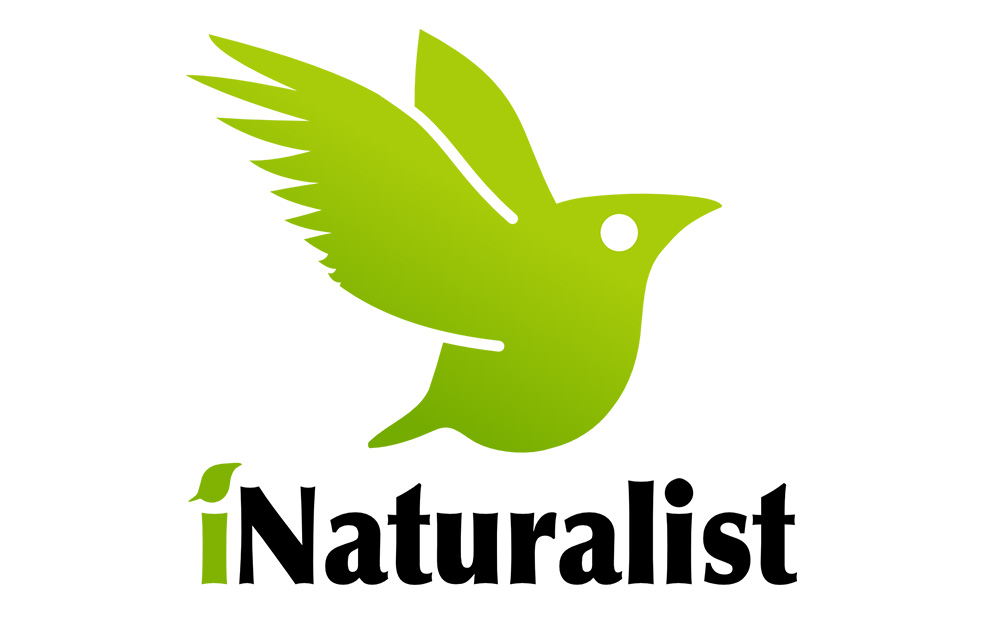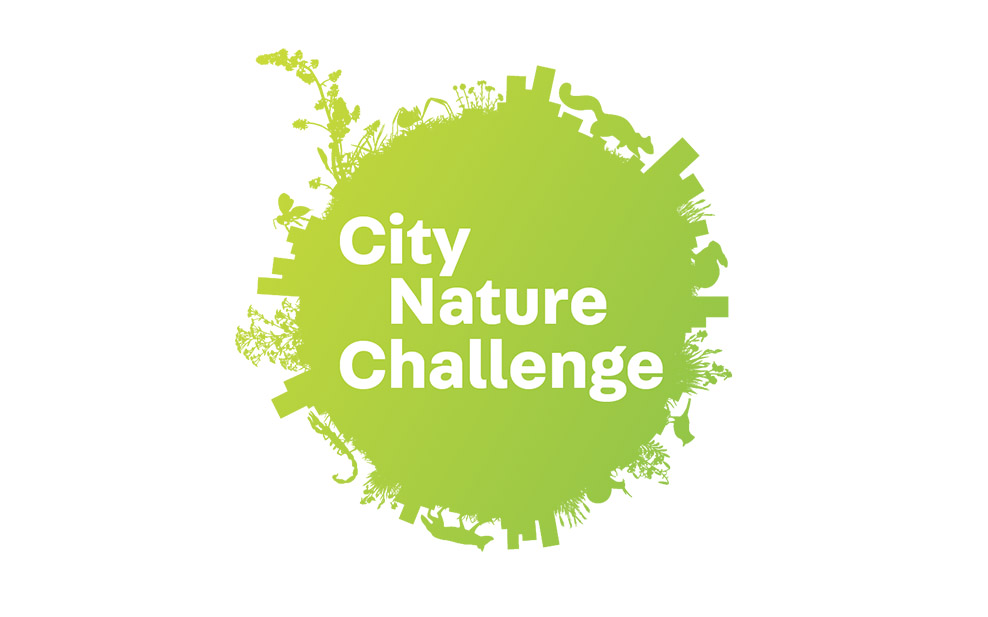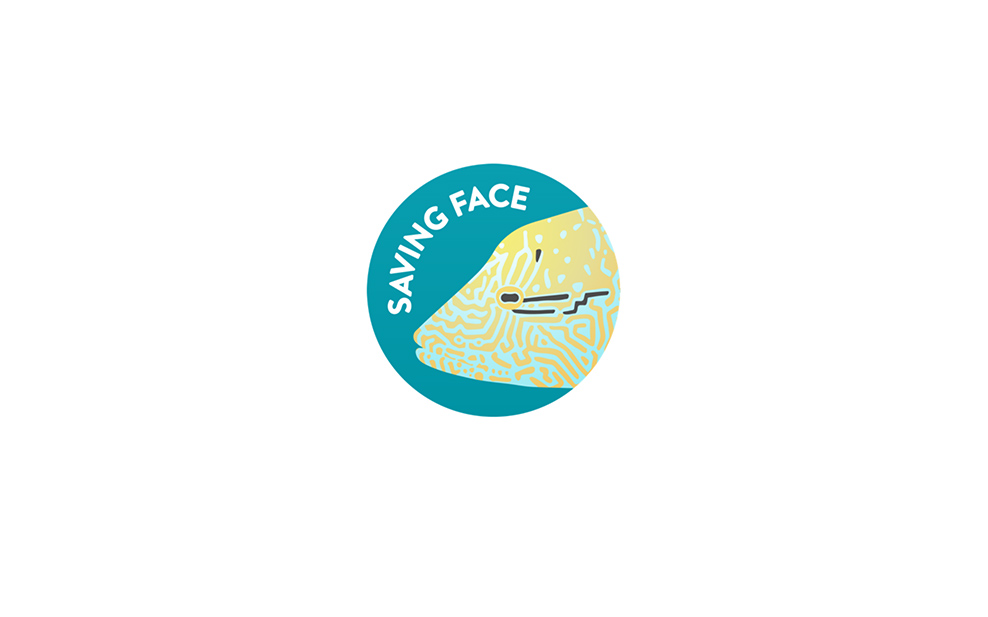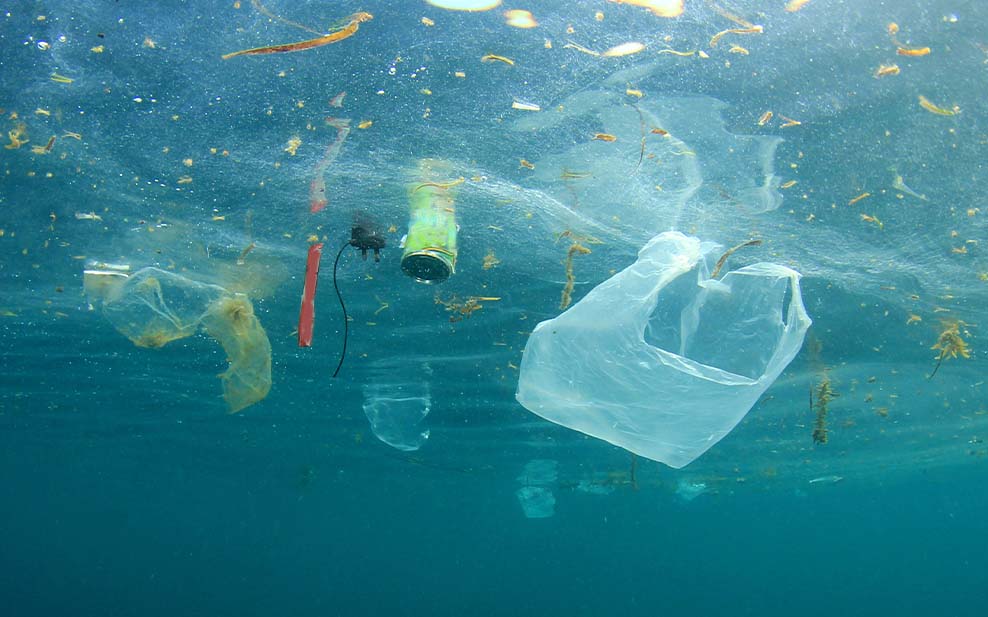The 21st Century is the age of the smartphone. Nowadays, practically everyone and their grandma owns one and it’s not uncommon to come across some new article bemoaning the latest statistics about how much time people spend looking at their phone screens. Among the many commonly repeated criticisms about smartphones is the one about how our addiction to them comes at the expense of our already diminished psychological connection to the natural world.
Like it or not however, the smartphone age is here to stay for the foreseeable future. So perhaps it’s only sensible that scientists, conservationists and others concerned about the state of the planet should try to harness our obsession with the digital world to, ironically, encourage us to engage more with the real one. In recent years, a growing number of phone apps have been designed to help ordinary people to reconnect with and even protect nature, whether through promoting sustainable shopping, greater observation of the plants and animals around them or even keeping tabs on the illegal wildlife trade (a particularly pertinent issue in Hong Kong).
WELL, instead of scrolling through social media, how about checking out some of these.
1. iNaturalist



iNaturalist is an app that almost seems to have been created in direct response to the criticism that smartphones rob us of our connection to nature. Linked to a global database, it allows users to take photos of wild animals and plants they encounter, try to identify them using automatically generated ID suggestions and then upload them to the database, along with the photo’s automatically recorded location if the phone’s GPS service is turned on. Even if the user can’t exactly identify the species they’ve photographed, provided that they include some description of it (i.e. bird, insect, plant), other iNaturalist users can usually do it for them.
As well as being an interesting means of familiarising oneself with local wildlife, iNaturalist can also be a useful tool for scientific research. Data generated by the app has been used to track climate-change driven migrations of species into new areas, alert scientists to the arrival of introduced species and identify important hotspots for species conservation within a region. Once a year, iNaturalist is also the main tool of the City Nature Challenge, a global event in which cities across the world compete to record the most species and species observations over a four-day period.
2. WWF Sharkulator



Sometimes, we need to know in numbers how much our personal actions are affecting things, whether it be how much weight we’ve lost on a new diet or how many sharks we save by not eating shark fin soup. Developed by WWF, the Sharkulator app uses scientific data and methodologies to calculate how many sharks consumers can save based on how many bowls of shark fin soup they don’t eat. Simply type in the number of bowls you refuse or skip and press the ‘Save Sharks’ button to find out.
By allowing users to visualise the impact of not eating shark fin soup, WWF hopes that this app will encourage more people to stop eating it and act as a useful tool for those trying to persuade their friends and/or relatives to leave it off the menu of their banquet or wedding dinner.
3. Saving Face



This brand new app aims to help another victim of Hong Kong’s seafood trade: the humphead wrasse, juveniles of which are commonly see in the tanks of live seafood restaurants in Asia. Under trade regulations, individuals of this coral reef fish can only be legally traded if they come with permits proving they were sustainably harvested. Meanwhile, restaurants are only allowed to sell a set number of humphead wrasse and must report all sales of this species to the Agriculture, Fisheries and Conservation Department (AFCD). However, some individuals are smuggled into Hong Kong illegally and some restaurants secretly use them to replace fish they have already sold (but not informed the authorities about), meaning that more humphead wrasse are being taken from the wild than the legal trade permits.
To combat this, Saving Face allows users to take photos of humphead wrasse they find in restaurant fish tanks and analyses their facial markings –which differ from fish to fish– to see if they match those of wrasse that are known to be legally imported. If they don’t, then the fish in question is likely an illegal import, which the user can then file an automated report to the AFCD about via Saving Face. The hope is that this app will lead to greater public monitoring of humphead wrasse and the reporting of more illegal imports to the authorities, hopefully helping to stem illegal fishing of this species.
4. Global Alert



Nobody denies the need to get rid of plastic pollution. But doing so to maximum effect means knowing where the problem is greatest and thus where to focus removal efforts, information that is often not readily available. Global Alert is an app that, much like iNaturalist for species observations, is linked to a global database that uses geotagged photos to provide the exact location of plastic pollution hotspots, as well as on the types of trash in these hotspots. Available for use by the public as well as stakeholders, governments, businesses and NGOs, Global Alert is an app with great potential in the fight against plastic pollution. Already, it has been used to clean up polluted waterways and bring about long-term anti-pollution measures in Cambodia and has been used in over 40 countries.
To use the app, take a photo of a polluted beach, river, lake or other water body. Then, input information on the location (i.e. on land or in the water) and types of trash, as well as estimates on its size, weight and volume and on water traits (i.e. still, flowing etc.). Please note that Global Alert is intended to locate large volumes of trash, not single items. All photos are vetted before they are put on the Global Alert website.
5. Good on You


As we’ve mentioned in a previous article, fashion is one of the most polluting industries in the world, contributing significantly to carbon emissions and water wastage among other environmental problems. There are those brands that are (or at least claim to be) doing better on the sustainability front, but it is not always easy for the eco-conscious shopper to tell which ones are the real deal and which ones are just greenwashing. Enter Good on You.
Created with the input of campaigners, fashion professionals, scientists and developers, this app collates all the information on various brands and uses expert analysis provides users with a rating for each one as well as a summary of its environmental, ethical and animal welfare performance. Users can also customise their searches to search for brands that sell particular items, like sweaters, bags, shoes and accessories. By using Good on You, shoppers can make much more informed decisions on which brands to buy from and thus help to shift the fashion industry towards a more sustainable model.
To learn more about the City Nature Challenge:
- Check out their website here: https://citynaturechallenge.org/
To learn more about some of the other apps in this article, visit these websites:
- WWF Sharkulator: https://sharks.panda.org/tools-publications/sharkulator
- Global Alert: https://www.oceanrecov.org/global-ocean-alert-system/critical-need.html
- Good on You: https://goodonyou.eco/
Do you have tips or suggestions on other apps to help connect with nature? Shoot us a message at info@wellmagazineasia.com
Written exclusively for WELL, Magazine Asia by Thomas Gomersall

Thank you for reading this article from WELL, Magazine Asia. #LifeUnfiltered.
Connect with us on social media for daily news, competitions, and more.






